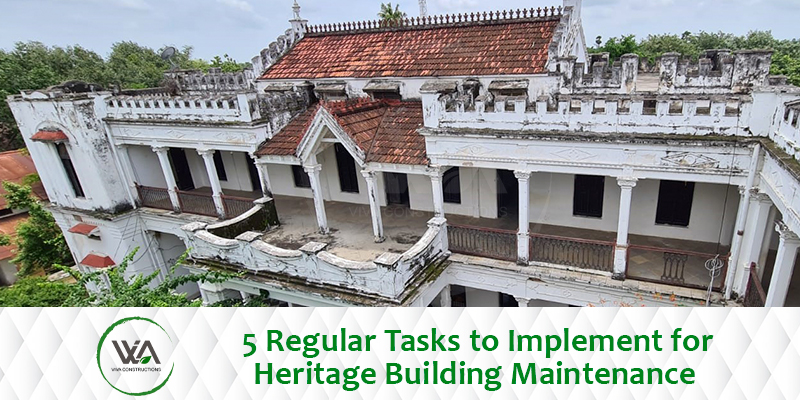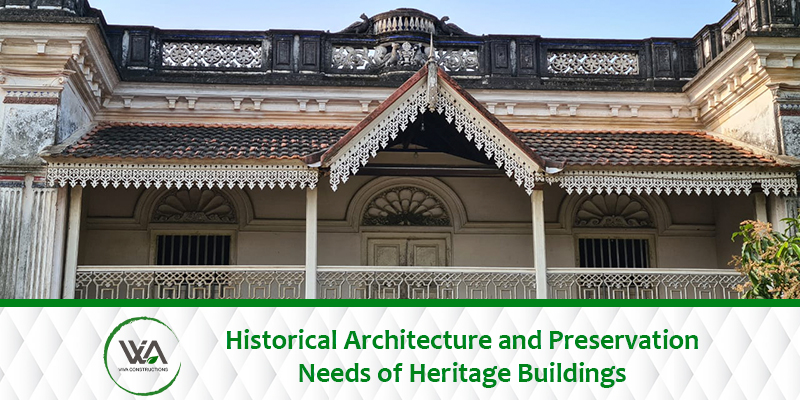Simple tasks performed regularly can make a big difference in keeping a building in good shape in the long run. The protection of a building against water and damp entry is the most critical part of heritage building maintenance.
When working at heights, especially on roofs, all appropriate safety precautions must be performed. Ladders are used to gain access, not to provide a safe working platform. Work must be left to contractors if you do not have the necessary scaffolding.
At least once every six months, particularly in the spring and autumn, the following should be done:
1. Roof Inspection
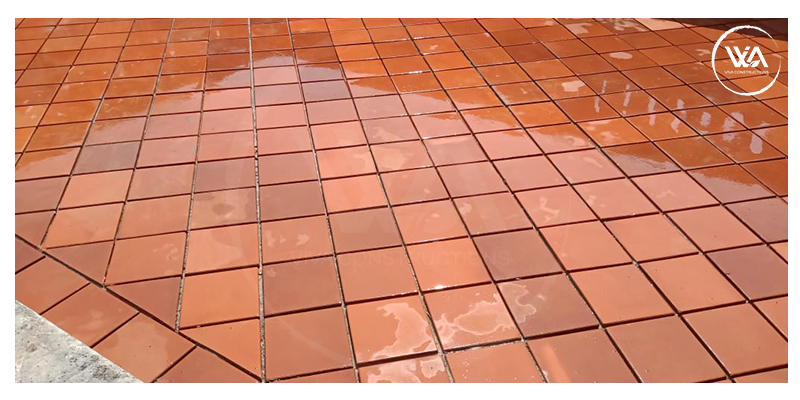
All roofs should be inspected for proper functioning, and any missing or slipped slates or tiles should be replaced. Ridge tiles should also be examined to ensure that they have not grown loose, allowing water to enter. Make sure the flashings are watertight as well.
2. Heritage Building Maintenance – Supplies of Rainwater
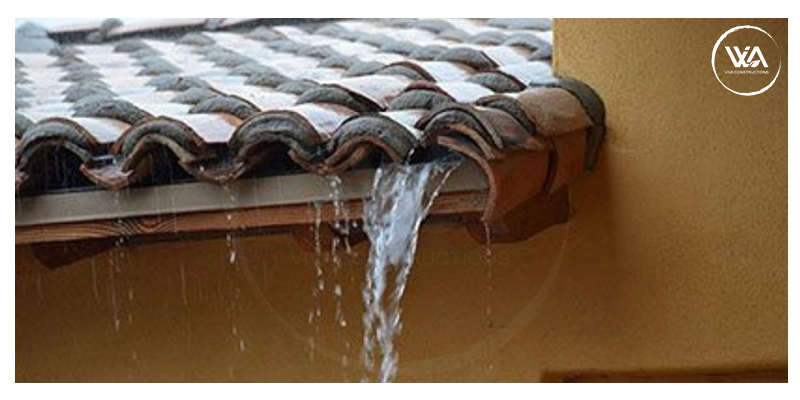
Clear leaves and other debris from roof valleys, gutters, hoppers, and downpipes to guarantee a free flow of storm water and avoid overflowing, which can harm the building’s fabric. Furthermore, water that cannot drain away will freeze and expand in cold weather, causing additional harm. Storm drains and soak aways should also be examined to verify that water is moved away from the structure properly.
3. Repainting
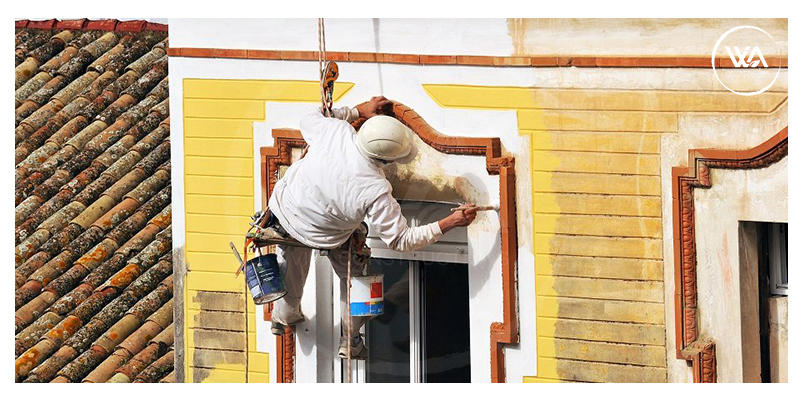
Outside woodwork must be painted regularly to prevent dampness and the start of decay, however, painting is no longer helpful or appropriate for the structural timber paints of a wood-framed building. The bedding of the window within the wall, as well as the putty in residential windows, must be inspected and changed as needed. Regulations on color choosing may apply to indexed dwellings and persons living in Conservation Areas. The existing color cannot be changed without first consulting the Planning Department of the local government.
4. Plant boom removal
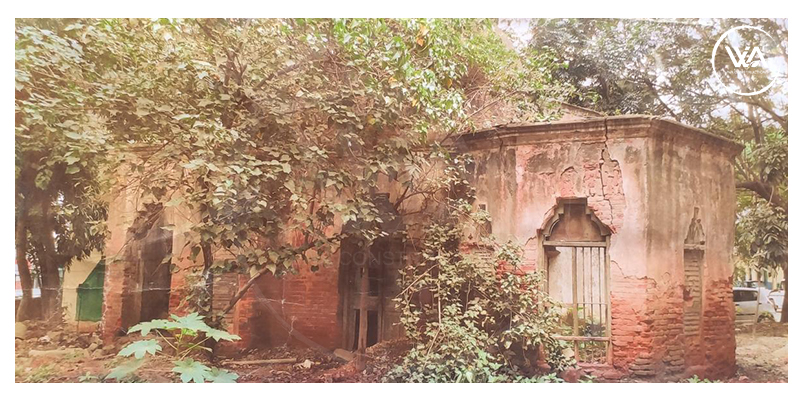
One of the most critical heritage building maintenance chores is the removal of plant booms. Climbing plants and creepers, particularly ivy, can cause damage to homes. It can also cause persistently moist walls and impede roof valleys and gutters. Ivy can get into mortar joints, which could lead to masonry cracking. The uncontrolled growth of mountaineering plants can potentially cause foundation damage. Climbing plants must be controlled or, better yet, eradicated. Ivy should never be violently pulled away from a wall since this can cause damage to the brickwork and mortar joints; instead, it should be removed with care.
5. Chimneys and flues
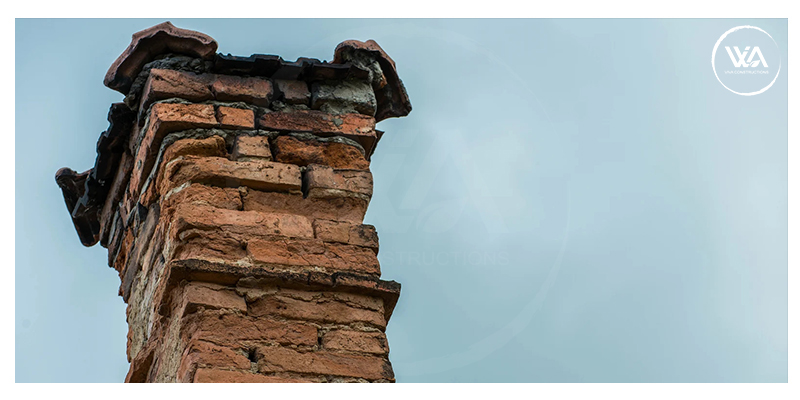
Open fires are common in historic dwellings, and regular protection is necessary to reduce the risk of chimney fires. This is especially true in the case of thatched houses. Generally, the chimney should be swept at the end of one season and immediately before the start of the next. Depending on the type of gas utilized, the chimney may also need to be swept more frequently. Chimneys must be checked regularly to ensure they are not damaged. Binoculars can be used to inspect them from the ground. If there is any evidence of harm, heritage building maintenance must be performed before the chimney can be used again.

